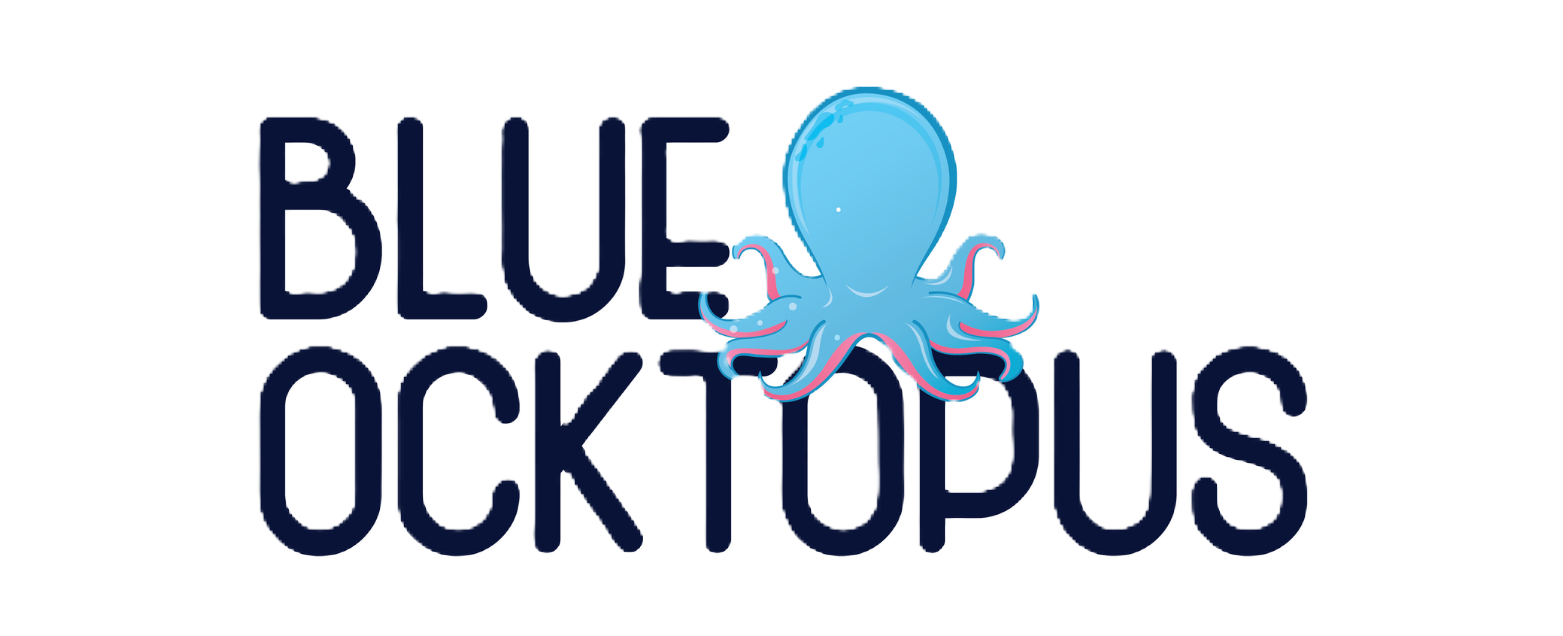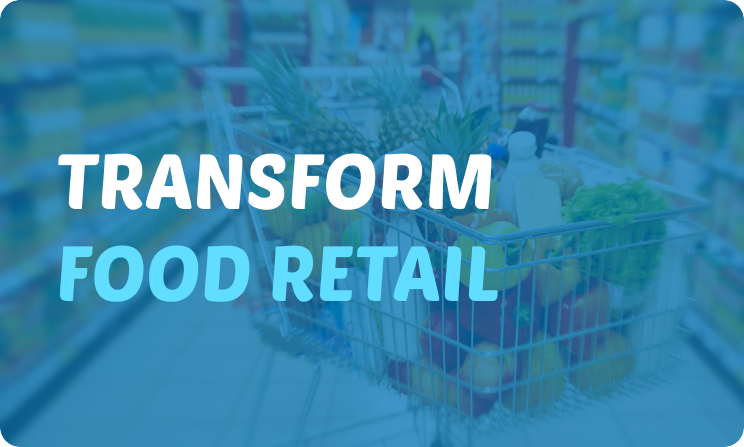In recent years, global crises impacted industries differently. Fashion and luxury retailers faced challenges during the pandemic, while grocery retail and food & beverage experienced increased demand. Local supermarkets and mom-and-pop stores adopted new strategies, like doorstep delivery with POS machines and the acceptance of e-wallet payments. This market has seen an increase in digital consumers aged 50 and 60, embracing e-commerce, assisted by Gen-Z and millennials. The economic downturn may shift priorities, with rising food prices making customers price-conscious. Adaptability is crucial for most grocery/food businesses. Consider starting a loyalty program to engage both old and new customers, as personalized experiences are sought after. In this environment, loyalty programs can play a pivotal role in shaping the future of retail shopping experiences.
- Rapid Growth of E-commerce: The Indian e-commerce market has witnessed exponential growth, particularly in online grocery shopping. The e-commerce sector grew by 32% in 2022, indexing INR 6.5 trillion in value. This growth reflects shifting consumer preferences towards convenience and seamless shopping experiences.
- Increasing Customer Expectations: As the Indian middle class expands, customer expectations continue to rise. Consumers now demand more than just product quality; they seek personalised services, rewards, and recognition for their loyalty.
- Positive Impact of Loyalty Programs: Studies show that customers enrolled in loyalty programs contribute significantly more to a company’s revenue compared to non-loyalty members. Loyal customers are more likely to make repeat purchases and have higher average order values.
5 Ways Loyalty Can Transform Food Retail Shopping:
- Enhancing Customer Retention: Loyalty programs increase customer retention in the competitive food retail sector. Offering attractive rewards and personalised incentives based on purchase history encourages customers to remain loyal.
- Driving Repeat Purchases: Grocery and food loyalty programs incentivize customers to make repeat purchases. Redeemable loyalty points for every transaction motivate customers to keep coming back, boosting sales and customer lifetime value.
- Personalization and Customer Insights: Well-designed loyalty programs allow food retail companies to gather valuable customer data. Analysing purchasing patterns, preferences, and demographics enables brands to offer personalised offers and recommendations, enhancing customer satisfaction.
- Encouraging Upselling and Cross-selling: Loyalty programs can integrate with recommendation engines, prompting customers to explore complementary products and upgrade their purchases. This boosts sales and introduces customers to a broader range of offerings.
- Leveraging Referral Marketing: Satisfied customers enrolled in loyalty programs become brand advocates. Offering attractive referral incentives, such as bonus loyalty points, encourages customers to refer friends and family, amplifying brand reach and acquiring new customers.
Challenges Faced by Food & Beverage Companies in Customer Retention:
- Intense Competition: The food & beverage industry in India is saturated with numerous players jostling for consumers’ attention. Retaining customers and building brand loyalty becomes an uphill battle.
- Shifting Consumer Preferences: Consumers’ preferences constantly evolve, driven by factors such as health consciousness, environmental concerns, and changing trends. Adapting loyalty programs to cater to these shifting preferences is a complex challenge.
- Tech Integration and Data Security: Implementing loyalty programs requires robust technology infrastructure to handle data, transactions, and personalised communications. Ensuring data security and the protection of customer information are crucial to building trust with customers.
Loyalty Program Features for Food & Beverage Retail Companies:
- Tailored Rewards and Incentives: Design loyalty programs that offer rewards aligned with customer preferences and needs. Personalised incentives, like discounts on preferred food items or exclusive access to new products, create a sense of exclusivity and value.
- Gamification and Interactive Elements: Integrate gamification elements into loyalty programs to make the experience engaging and enjoyable. This could include scratch cards, quizzes, or challenges to earn extra points, fostering a sense of excitement and accomplishment.
- Multi-channel Integration: Ensure loyalty programs are seamlessly integrated across all channels, including in-store, online, and mobile. This coherence ensures a consistent and unified brand experience for customers.
- Social Responsibility Initiatives: Incorporate social responsibility initiatives into loyalty programs, such as offering points for purchasing eco-friendly or locally sourced products. This aligns with growing consumer concerns about sustainability and strengthens the brand’s image as a responsible corporate citizen.
- Instant Gratification: Instant rewards and redemptions hold significant appeal for customers. Food retail companies can provide instant discounts or freebies during checkout, encouraging customers to keep coming back for immediate benefits.
Food and beverage retail brands that benefit from loyalty programs include:
- Starbucks Rewards: This popular loyalty program attracts nearly 17 million users due to its enjoyable and convenient approach. Customers can personalize their rewards by selecting from various food and drink options in each gift bracket.
- Amazon Prime: Offers a commitment-free 30-day trial, allowing everyone to experience its benefits. Free and high-speed delivery is consumers’ favourite reward, and an extended membership enhances the value of any loyalty program.
- Chaayos (Indian Tea Chain): Utilizes generative AI to achieve improved customer retention, increased revenues, and enhanced experiences. The company integrated AI into its POS system for faster payment settlement and launched the ‘Chaayos India’ app with AI for contactless dine-in/ordering. The app also facilitates seamless order processing and tracking, and facial recognition was introduced for faster guest check-ins and payments. The loyalty program was optimized for high repeats, and dynamic offers were implemented for real-time demand generation. Generative AI was also used for text-to-image, CLM, supply chain, and cold chain logistics.
Loyalty programs have the potential to revolutionize F&B retail shopping in the Indian market by strengthening customer retention, driving repeat purchases, and providing valuable customer insights. Embracing this power of loyalty, brands can thrive in the dynamic and competitive food retail landscape.



